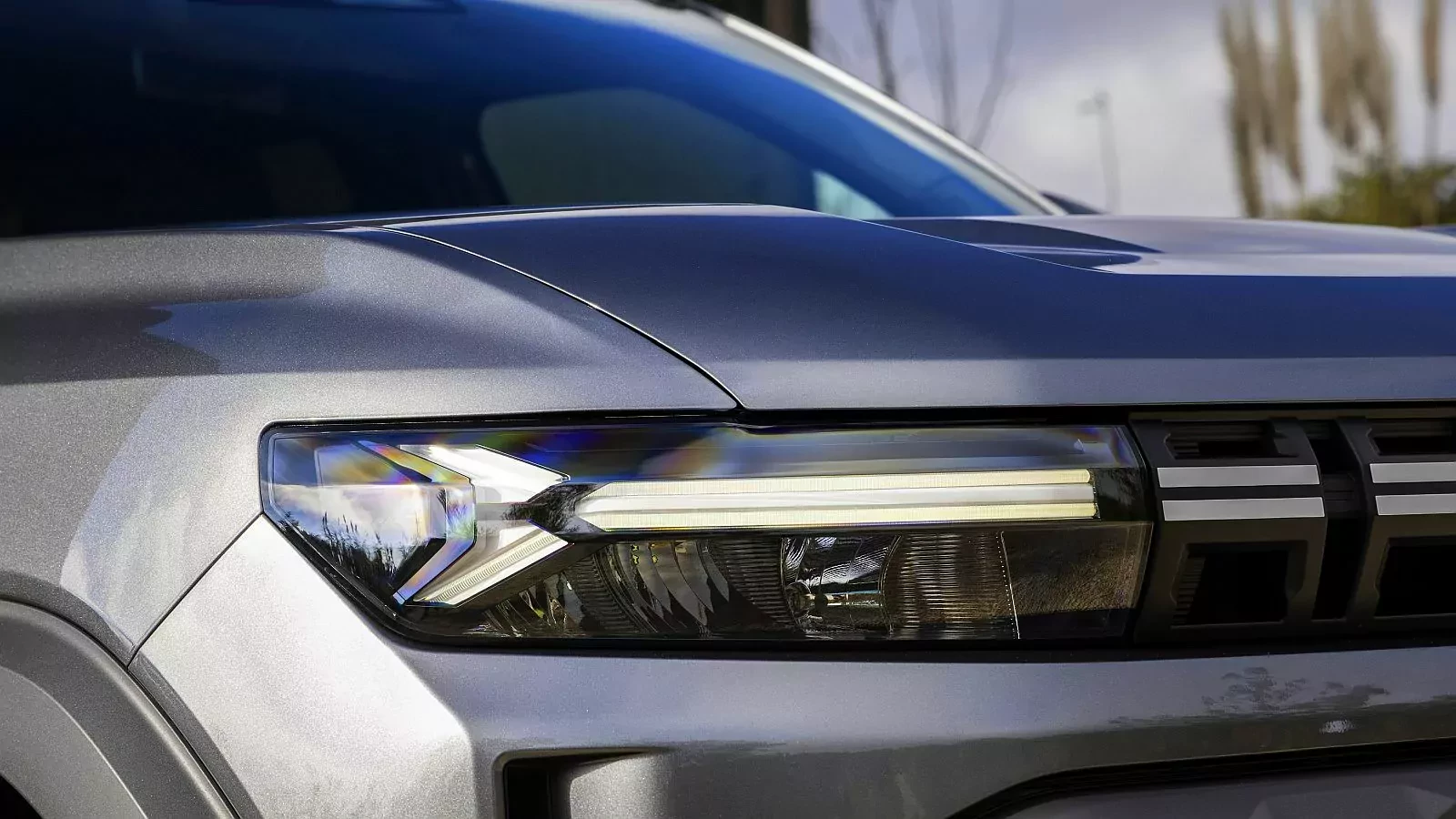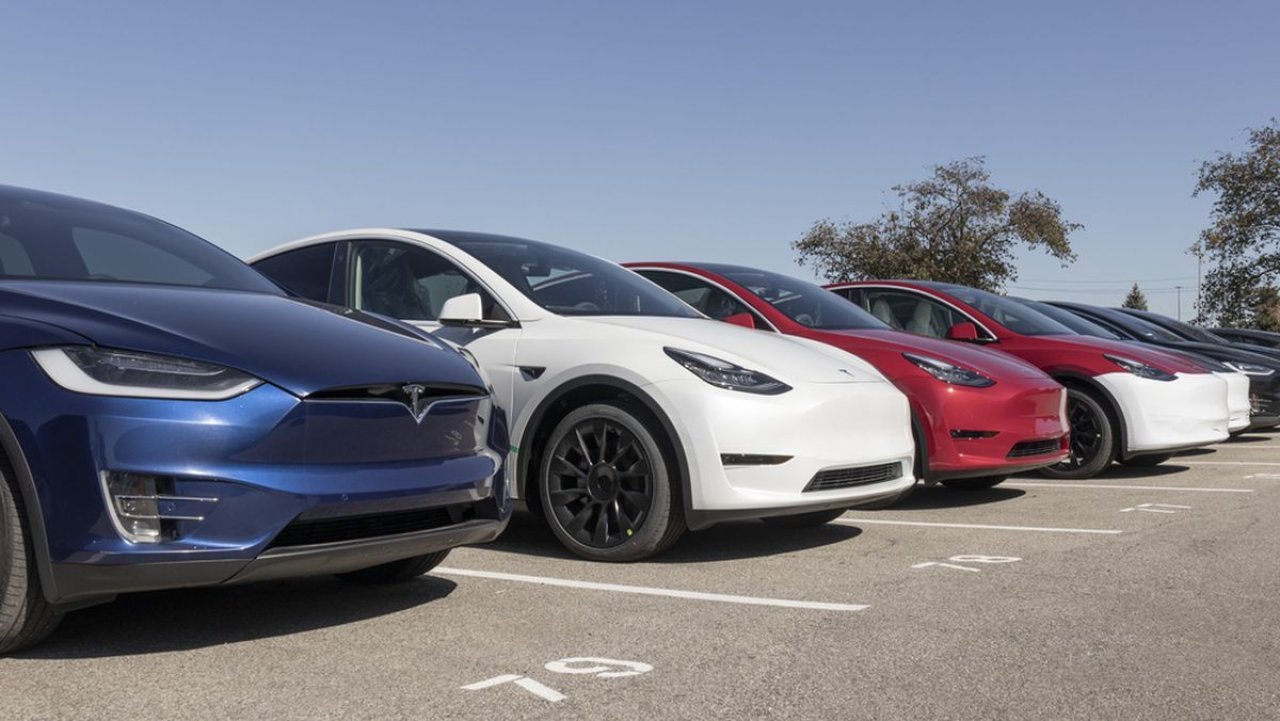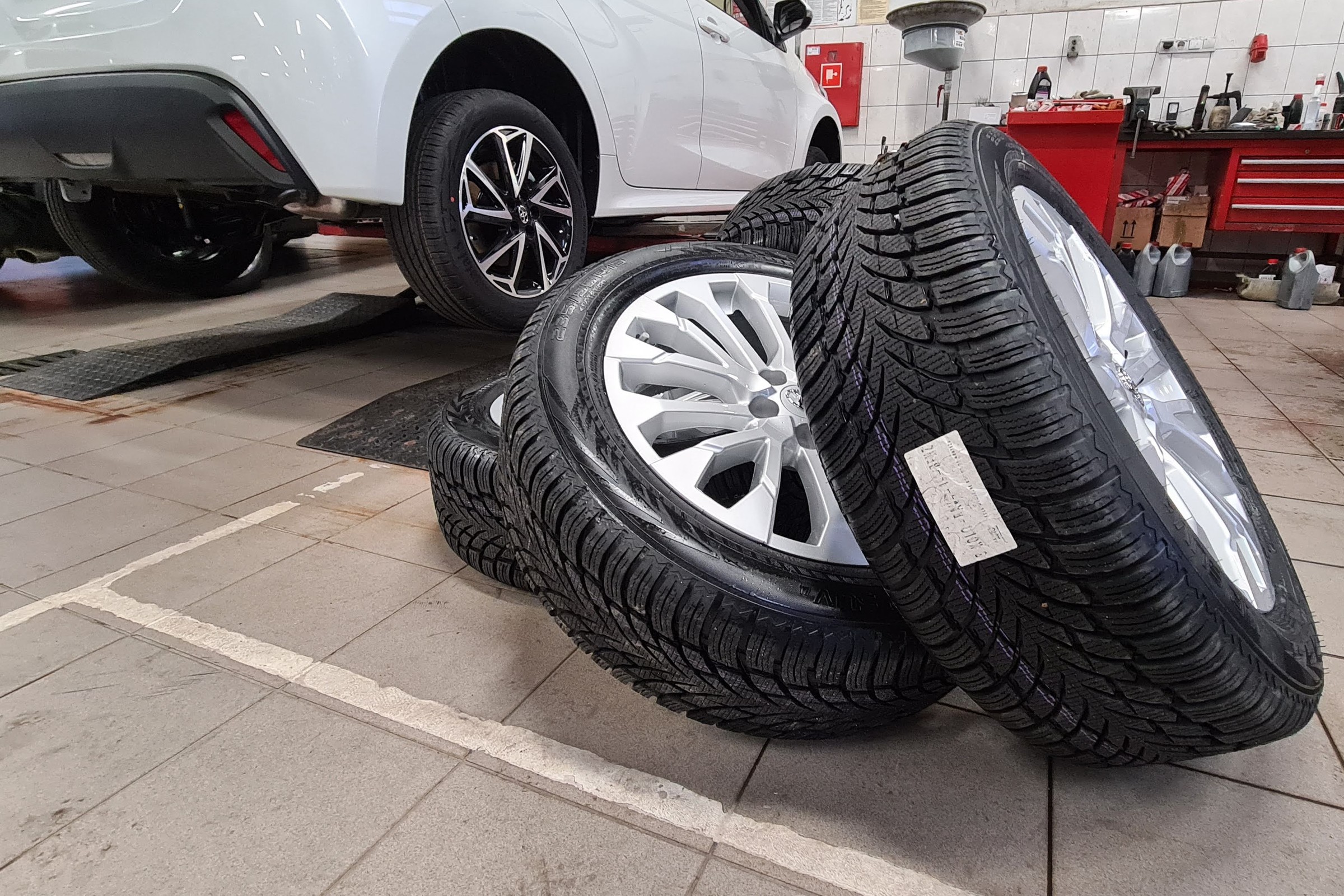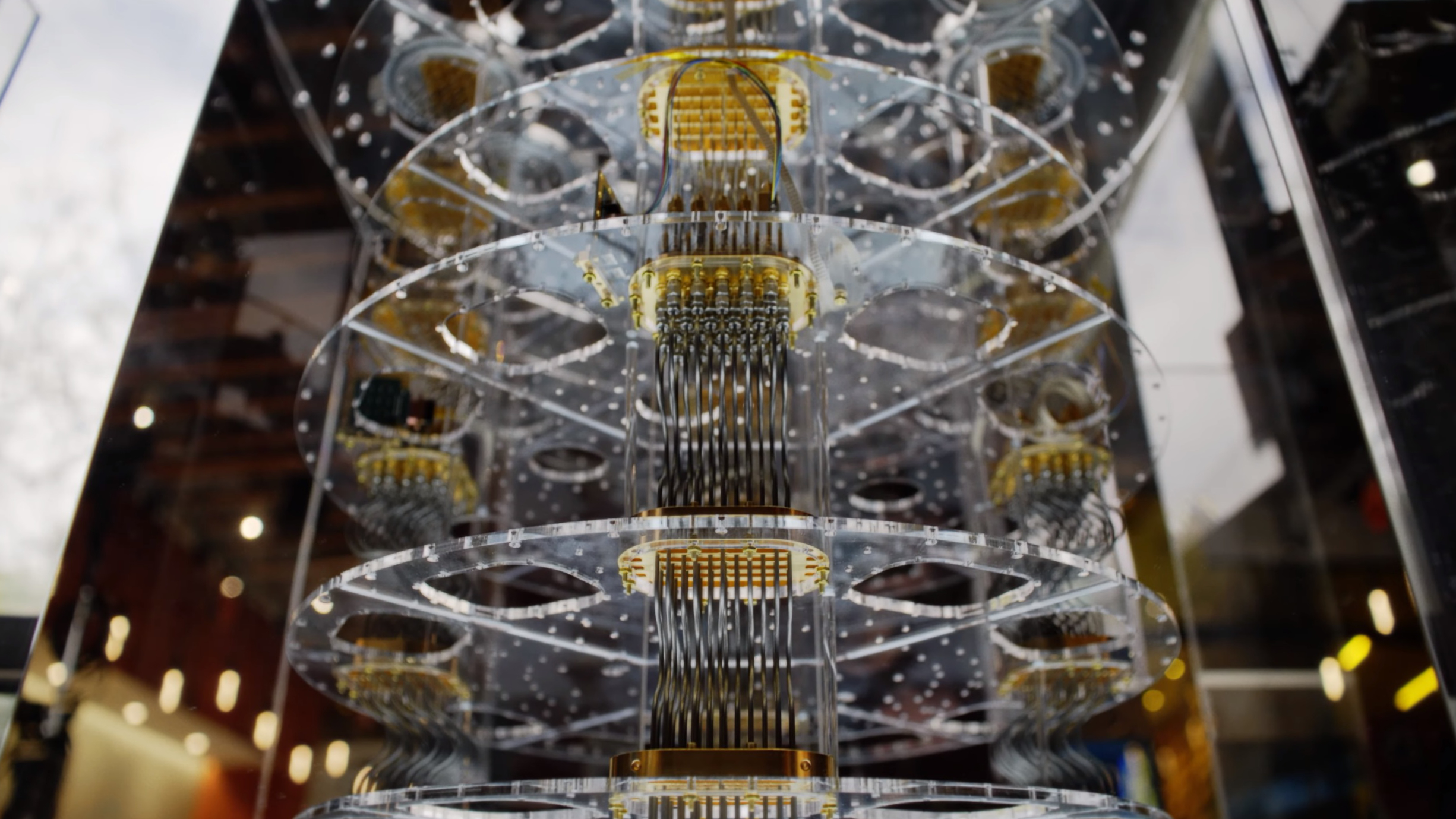- Scope: Sweden’s used‑car marketplace Kvdbil analyzed 1,366 used plug‑in vehicles — 723 all‑electric and 643 plug‑in hybrids (PHEVs) — using “State of Health” (SoH) battery checks built into its intake process. Published October 28, 2025. kvd.se
- Topline result: ~80% of vehicles tested retained ≥90% of original battery capacity, according to multiple outlets that reviewed Kvdbil’s dataset. Kvdbil itself says 8 in 10 cars earned its highest (3‑star) battery rating. electrek.co
- Winners: Kia leads by brand. By model, Kia EV6 ranks first, followed by Kia e‑Niro, with Tesla Model Y among the top performers. On the PHEV side, Kia Sportage tops the list. kvd.se
- Method in brief: Kvdbil reads SoH via the car’s OBD‑II diagnostic port and displays results to buyers using a three‑star scale — a first for PHEVs in Sweden, the company says. kvd.se
- Context: A separate Arval study of 8,300 EVs across eight countries found 93% average battery health, with 98% above 80%, even after 124,000 miles (200,000 km). arval.com
- Why it matters: EU’s Euro 7 rules require light‑duty EV batteries to retain ≥80% capacity at 5 years/100,000 km and ≥72% at 8 years/160,000 km, and to make certified battery info readable — boosting transparency for used‑EV buyers. EUR-Lex
What Kvdbil actually did — and why it’s news
Kvdbil, one of Sweden’s largest marketplaces for used vehicles, embedded a battery check into its standard inspection and has now released the first large slice of data: 1,366 SoH tests across used EVs and PHEVs sold through its platform. The company’s article (in Swedish) lays out the brand and model rankings and notes that “eight out of ten cars” achieved the highest grade in its three‑star scoring system. Media coverage distilled that to an ≈80% at ≥90% SoH message, aligning with other real‑world datasets. kvd.se
Kvdbil’s program matters because battery health is the #1 question in a used EV purchase, and SoH is finally becoming visible to shoppers right in the listing. As sales of used EVs surge in Sweden — up 63% year‑over‑year in H1‑2025, per a Kvdbil summary cited by auto motor & sport — practical, standardized battery info can stabilize prices and confidence. auto motor & sport
Headline findings: Kia on top, Tesla strongly placed
From Kvdbil’s published tables:
- Top brands for battery health: 1) Kia, 2) Audi, 3) Opel, 4) Tesla, 5) Mercedes, followed by Peugeot, Volvo, BMW, Volkswagen, Škoda. kvd.se
- Top all‑electric models: 1) Kia EV6, 2) Kia e‑Niro, 3) Tesla Model Y, 4) Opel Mokka‑e, 5) Mazda MX‑30, 6) Audi Q4 e‑tron, 7) Fiat 500e, 8) Volvo XC40 Recharge, 9) Citroën ë‑C4, 10) VW ID.4. kvd.se
- Top PHEVs: 1) Kia Sportage, 2) Kia Optima, 3) Volvo XC60, 4) Kia Ceed, 5) Volvo V60, 6) Peugeot 3008, 7) BMW 530e, 8) VW Passat GTE, 9) BMW X1, 10) BMW 330e. kvd.se
Expert quotes:
“We were a bit surprised that there were so many that were this good,” says Martin Reinholdsson, Kvdbil’s test lead — adding that age, climate, driving style, and charging habits matter more than brand for long‑term battery wear. (Coverage of his remarks appears across multiple outlets.) InsideEVs
Kvdbil sales chief Daniel Odsberg explains the goal: “Making battery health visible in our listings helps buyers make informed, confident decisions.” (Translated from Swedish.) kvd.se
How the test works (and why SoH can be confusing)
Kvdbil’s SoH check reads data via the car’s OBD‑II port during the normal inspection; results are summarized as 1–3 stars and shown on the vehicle’s ad page. The company notes it’s first in Sweden to show SoH for PHEVs in listings. This is a BMS‑based reading (from the vehicle’s battery management system), not an independent load test; nonetheless, it’s fast, non‑invasive and scalable for commerce. kvd.se
Crucially, SoH isn’t standardized yet. Certification body TÜV SÜD points out that “SoH is not always SoH” — some methods reference usable (net) capacity, others gross, or even internal resistance; so absolute percentages aren’t directly comparable across tools and brands. That’s exactly why Europe’s remarketing sector is building a standard (“CARA Battery Health Check”) with approved providers such as AVILOO, Moba, and others. TÜV SÜD
How it squares with other real‑world data
- Arval (8,300 EVs, 8 countries): Average SoH 93%, with 98% above 80%; even at 124,000 miles, average remained close to 90%. “Battery health is an important factor … buyers need access to clear, accurate details,” says Gary Burns, Arval UK. arval.com
- Geotab (10,000 EVs): Average degradation ~1.8% per year in its 2024 update, improving from 2.3% in 2019; fast DC charging and heat accelerate wear. Geotab
- Recurrent (15,000 EVs; 250M miles): Only ~1.5% of cars in its community required battery replacement; most cars see ~1–2% range loss per year after an initial early dip. recurrentauto.com
These independent datasets reinforce Kvdbil’s directionally positive picture: modern EV packs age slowly, with usage patterns and climate as key variables. Geotab
Policy, standards and transparency (Euro 7 & beyond)
Under the EU’s Euro 7 regulation, new light‑duty EVs must retain ≥80% usable energy after 5 yrs/100,000 km and ≥72% after 8 yrs/160,000 km, and make certified state‑of‑energy/range values readable to users and during inspection. That dovetails with the remarketing industry’s push for common SoH certificates (e.g., CARA‑approved tests) now rolling out across European dealer networks. Ayvens
Caveats and limitations
- Sample bias: Kvdbil’s pool reflects vehicles selling via its platform in Sweden, a relatively cool climate that can be gentler on batteries than persistent heat. Results may differ in hotter markets. kvd.se
- Three‑star grading vs. %: Kvdbil publishes star ratings, not raw SoH %, so press claims of “≥90%” come from media synthesis of the dataset and rankings, not Kvdbil’s percentiles. Treat “90%+” as a useful shorthand, not a formal cut‑point used by Kvdbil’s scoring system. electrek.co
- SoH comparability: Without a global SoH standard, OBD‑read values from the BMS and independent lab/drive tests can diverge by a few percentage points. That’s why certificates and disclosed methods matter. TÜV SÜD
What this means for used‑EV shoppers and sellers
For shoppers:
- Ask for a SoH readout or certificate — BMS‑based checks (like Kvdbil’s) are a strong start; independent certificates (e.g., CARA‑approved AVILOO) add cross‑brand comparability. kvd.se
- Prioritize climate & use history: Hot‑weather cars with heavy fast‑charging see faster wear; cool climates and mostly Level 2 charging are easier on packs. Geotab
- Winter range ≠ battery damage: Cold‑weather range loss is mostly temporary; range rebounds with temperature. recurrentauto.com
- Warranty & regulation backstops: Euro 7 thresholds and typical OEM warranties provide safety nets around long‑term capacity. EUR-Lex
For dealers & fleets:
- Listing SoH in ads (Kvdbil’s approach) builds trust and can lift residuals; Arval reports high confidence when battery data is shared, and remarketing players say certificates can add measurable value. Business Car
Expert voices
- Kvdbil (testing lead Martin Reinholdsson): Battery wear correlates more with use and environment than brand — echoing the study’s finding that Kia tops, but usage factors dominate outcomes. InsideEVs
- Kvdbil (sales chief Daniel Odsberg): Showing battery health in ads helps buyers “make confident, well‑grounded decisions.” (translated) kvd.se
- Arval (Gary Burns): Battery health is “important for our buyers … we’re transparent throughout our sales processes.” Business Car
- Geotab analysts: Real‑world degradation averages about 1.8%/year, and fast DC charging plus heat accelerate it. Geotab
Quick buyer checklist: How to read a used EV’s battery like a pro
- Get a SoH number or star‑rating and keep a copy of the report/certificate with the sale. Clarify whether it’s BMS‑derived or independently measured. kvd.se
- Check charging history (frequent ultra‑fast sessions can age packs faster), climate exposure, and storage habits (avoid long periods at 100% or <10% state‑of‑charge). Geotab
- Compare to policy guardrails: A car at ~90% SoH after several years is well above Euro 7’s durability floor; that’s a good sign for longevity. EUR-Lex
- In cold weather, test drive warm: Precondition the car and verify real‑world range; don’t confuse seasonal range loss with permanent SoH decline. recurrentauto.com
Coverage roundup (Oct 20–31, 2025)
- TechRadar: Big takeaway — Kia EV6 leads; 8 in 10 cars at ≥90% SoH, and usage factors outweigh brand. TechRadar
- InsideEVs: “The EV Brand With The Slowest Battery Degradation Isn’t Tesla” — details top‑10 lists and quotes Kvdbil’s test lead. InsideEVs
- Electrek: “New study of 1,300 EVs busts battery degradation myths” — frames it as a myth‑busting dataset. electrek.co
- Autoblog: Summarizes 1,366‑vehicle sample; Kia tops, Tesla and VW also strong. autoblog.com
Source documents & primary data
- Kvdbil’s full article with rankings (Oct 28, 2025). kvd.se
- Kvdbil’s program explainer (July 1, 2025) — OBD‑II method, three‑star scale, first to show PHEV battery health in listings. kvd.se
- Euro 7 regulation (2024/1257) — battery durability thresholds and disclosure requirements; omEV explainer on SoH/SoCE/SoCR. EUR-Lex
- Arval (Feb–Apr 2025) — 8,300‑EV dataset, 93% average SoH; commentary from Arval UK. arval.com
- Geotab (2024) — 1.8%/yr average degradation, climate/fast‑charge impacts; useful for interpreting SoH. Geotab
- TÜV SÜD — why SoH definitions vary and should be standardized; CARA Battery Health Check framework. TÜV SÜD
Bottom line
Kvdbil’s large‑scale SoH program adds credible, market‑level evidence that used EV batteries generally hold up well — often dramatically better than public perception. The winners list (led by Kia EV6) is interesting, but the bigger story is that how a car is used and where it lives matters more than the badge on the grille. With Euro 7 durability floors, growing SoH standardization, and listings that actually show battery health, the used‑EV market is maturing fast. kvd.se
Note on figures: Kvdbil publishes star ratings, not raw percentages. The widely reported “≥90% capacity for ~80% of cars” is a media synthesis consistent with Kvdbil’s three‑star distribution and rankings, but should not be read as Kvdbil publishing exact SoH percentages for every car. electrek.co
If you’d like, I can turn this into a newsroom‑ready version with localized sub‑heads or country‑specific buyer checklists (warranty norms, inspection practices, and SoH tools in your market).

 4 dni temu
4 dni temu














